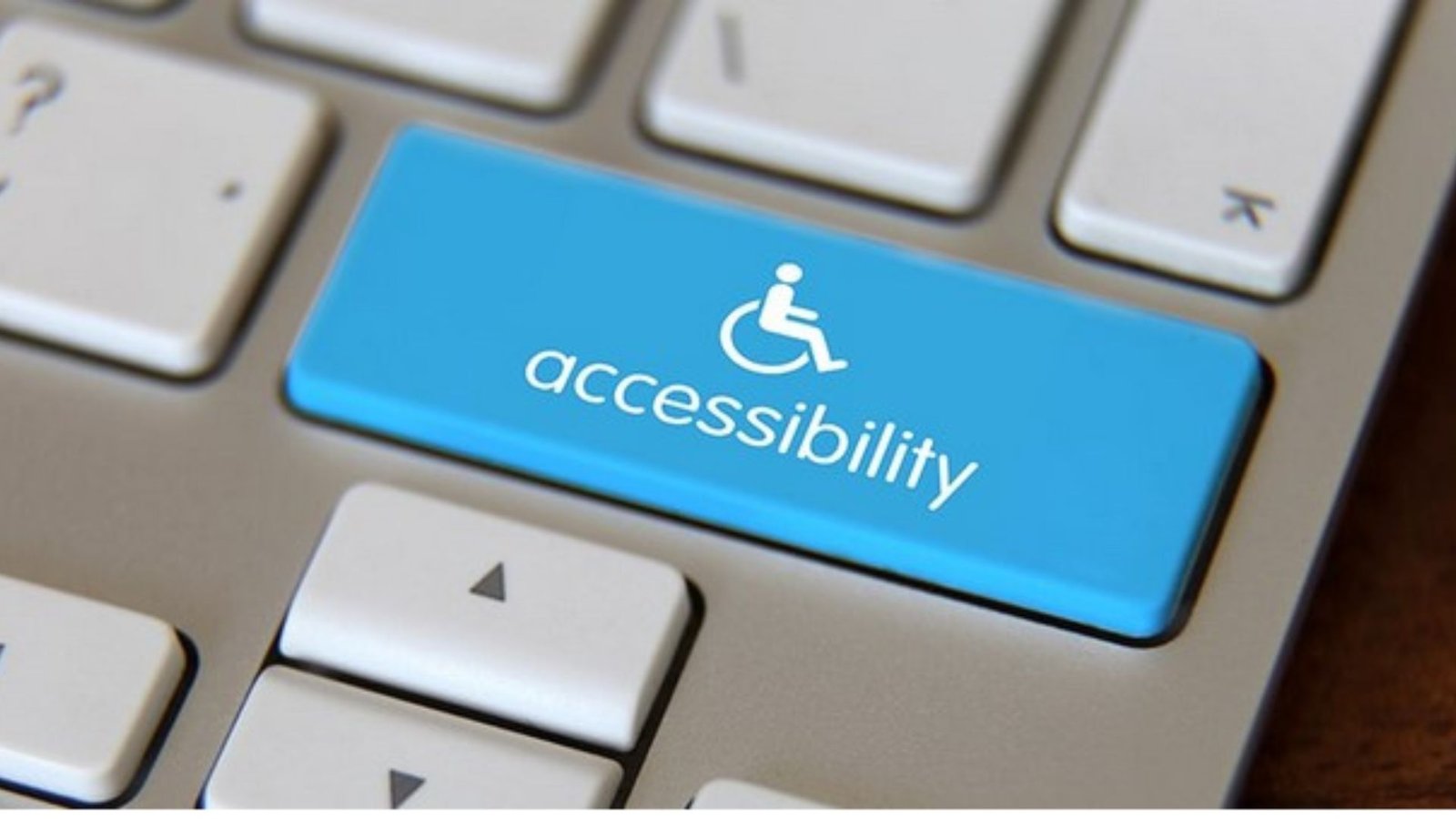The Importance of Accessibility in Web Design
The importance of accessibility in web design is crucial for creating inclusive, user-friendly websites. Accessibility ensures that all users, regardless of their abilities or disabilities, can navigate and interact with a website effectively. In today’s digital world, where more people rely on the internet for everyday tasks, it’s essential that websites accommodate everyone. This post will explore why accessibility should be a top priority in web design and how it can improve the user experience while expanding your audience reach.

1. Expanding Reach to a Larger Audience
By focusing on accessibility in web design, you open up your website to a wider audience. Approximately 15% of the global population experiences some form of disability. Without accessible design, these users may struggle to access your content. Designing with accessibility in mind allows users with visual, auditory, cognitive, or motor impairments to interact with your website more easily. For example, adding alternative text for images helps visually impaired users navigate your site with screen readers. As a result, accessible websites can attract more visitors, increase engagement, and reach a broader audience.
2. Improving User Experience for All
Accessibility is not only beneficial for users with disabilities but also enhances the overall user experience for everyone. Features like clear navigation, easy-to-read fonts, and properly structured content benefit all users, making websites more intuitive and enjoyable to use. By providing options for text resizing, contrast adjustments, and simplified layouts, you make your website more adaptable to different user needs. This improved usability creates a better experience for visitors and can lead to increased satisfaction, longer visit durations, and more return users.
3. Legal Requirements and Compliance
Accessibility is not just a good practice; it’s also legally required in many countries. Laws such as the Americans with Disabilities Act (ADA) in the U.S. and the Web Content Accessibility Guidelines (WCAG) set standards for website accessibility. Failure to comply with these laws can result in legal consequences, including fines or lawsuits. By prioritizing accessibility in web design, you ensure that your website meets these legal standards and avoid potential legal risks. Compliance with accessibility laws also demonstrates social responsibility and inclusivity, which can improve your brand’s reputation.
4. Enhancing SEO and Search Engine Rankings
Another significant benefit of accessible web design is its positive impact on search engine optimization (SEO). Search engines like Google prioritize user experience, and accessible websites tend to perform better in search rankings. For instance, using clear and descriptive alt text for images not only helps visually impaired users but also makes your content more indexable by search engines. Additionally, accessible websites are often faster and more navigable, which also contributes to better SEO rankings. Thus, accessibility and SEO go hand in hand, enhancing your website’s visibility and performance.
5. Fostering Inclusivity and Brand Loyalty
Designing for accessibility reflects your commitment to inclusivity and social responsibility. By making your website accessible to everyone, you show that you care about all users, regardless of their abilities. This inclusivity can build trust and loyalty among your audience, especially those with disabilities. As more people become aware of accessibility issues, they are more likely to support brands that prioritize inclusivity. By creating a more accessible website, you not only expand your audience but also cultivate a loyal, diverse customer base.
Conclusion
The importance of accessibility in web design cannot be overstated. It not only helps you reach a larger audience, but it also enhances the user experience, ensures legal compliance, boosts SEO, and fosters inclusivity. By focusing on accessibility, you create a website that is user-friendly, inclusive, and capable of meeting the needs of all users. As the digital world continues to grow, prioritizing accessibility is essential for creating websites that are truly for everyone.



